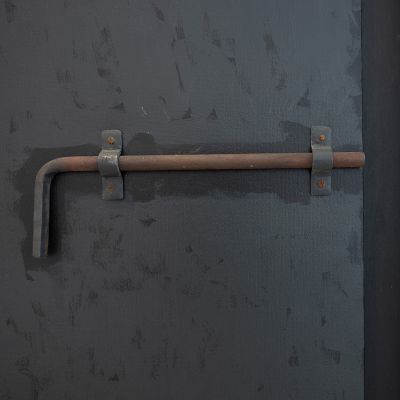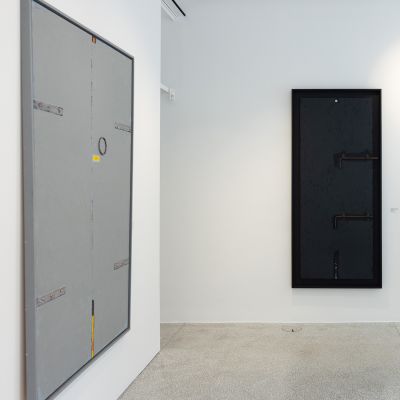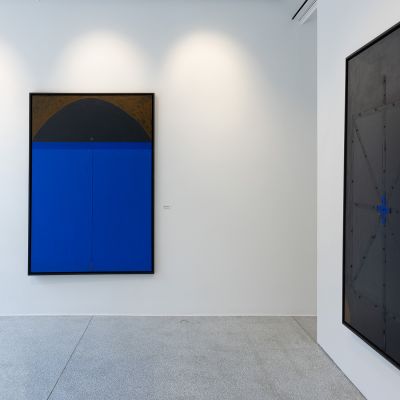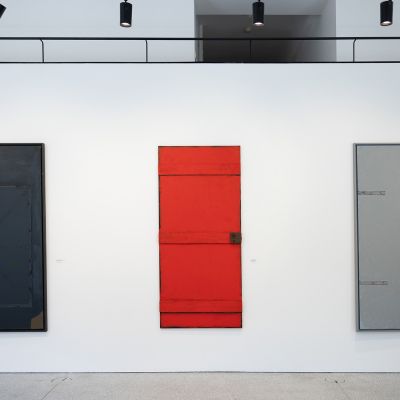Bogdan Borčić (1926-2014) was undoubtedly one of Slovenia’s most important painters and graphic artists of the second half of the 20th century, with an extensive body of work. From prints, objects, sketches, sculptures and canvases, to assemblages and bricolages, Borčić’s work is testimony to an artist whose interests stretched into the most diverse reaches of artistic endeavour. He began his training in 1943 at Matej Sternen’s school of painting, and France Gorše’s school of drawing, before graduating from Ljubljana’s Academy of Fine Arts after the war, and then studying in Paris. He later taught at the academy himself, and was also a visiting professor in the graphic art department at the Academy of Fine Arts in Mons, Belgium. In 1980 he moved to Slovenj Gradec, whose principal art centre, the Koroška Gallery of Fine Art (KGLU) is today home to a collection of almost 400 of his works, including the works exhibited at the Mala Galerija.
Over the course of his career Borčić switched adeptly between various styles, from abstract minimalism and art informel, to readymades and sculptural works. When receiving the Prešeren Award for lifetime achievement in 2005 after more than 200 independent exhibitions, he stated in an interview with Vida Curk that over the years he had learned to incorporate play and experimentation. He did not see himself as a rationalist, although he was occasionally labelled as one; although technically precise, his work was always imbued with emotion. This is perhaps best illustrated by his Doors cycle, with the familiar object continuously featured in his work and sparking his interest year after year. As he said in the interview, doors fascinated him in particular because of their hidden nature: we always see only one side and never know what’s concealed behind.
The exhibition title of Nowhere from Nowhere is itself a comment on the doors, which when removed from the context of functionality come from nowhere and lead nowhere. But the title also pays tribute to Bekim Sejranović, and his novel of the same name about departure and arrival, about life on all sides of the world, simultaneously full of warmth and bitterness. It seems as though Borčić’s doors were also created in this spirit, incorporating the widest variety of life’s experiences, from pleasant to darker ones. It was the latter that inspired the work Cell Door no. 14 of the Penal Block in Dachau, named after the camp and the cell in which he was punished following his internment in 1944, and the Crematorium Door, which was made in the same context. But they are also accompanied by doors leading to artist studios, doors from his travels, doors of various churches, doors of acquaintances and strangers. In a way, Borčić’s doors provide a glimpse into his own life, in which he valued the visible just as much as the invisible.
Production: Banka Slovenije
Co-production: Koroška galerija likovnih umetnosti / Museum of Modern and Contemporary Art Koroška
MGBS curator: Hana Čeferin




